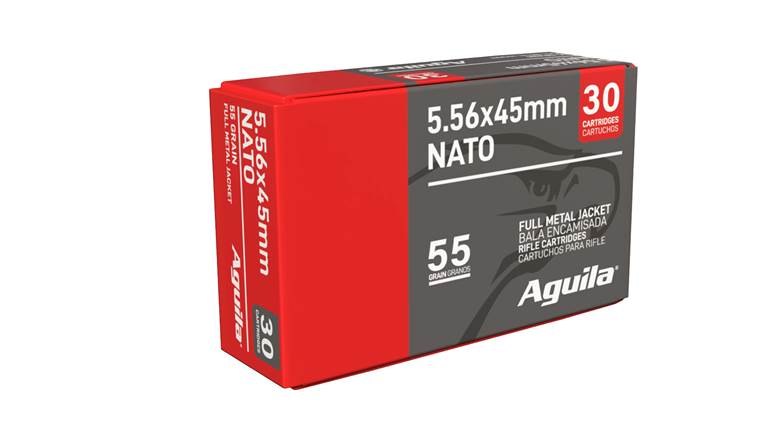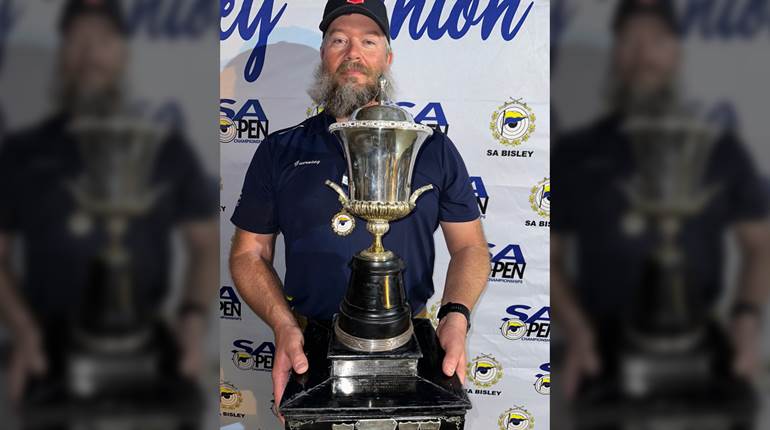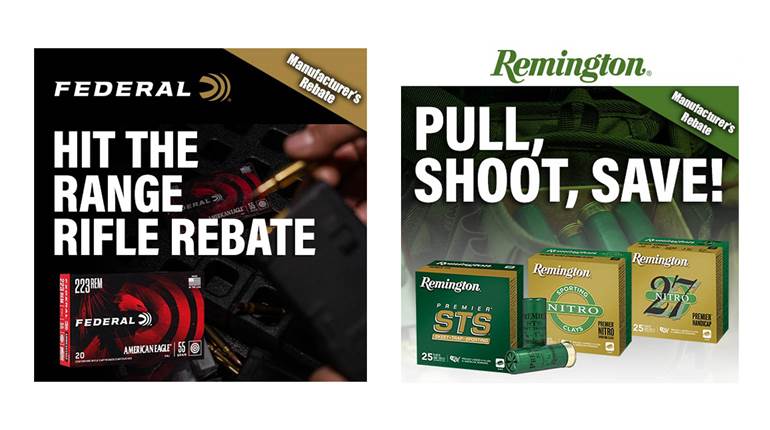
The Merriam-Webster Dictionary defines retro as “relating to, reviving, or being the styles and especially the fashions of the past. Fashionably nostalgic or old-fashioned.” 
Retro is in. Everything from clothing and furniture to bicycles and motorcycles is being made with styling cues from a bygone era. While retro styling may be a fairly new marketing trend in some circles, it has long been a part of the firearms industry. “Special runs” and “collector grade” models have commonly been produced and sold by various makers as a way to spur interest and drum up sales for models that may no longer be in full production. These limited edition models have primarily been firearms such as lever-action rifles, single-action revolvers or firearms with some type of historical significance. In some cases, these firearms have been produced using original factory parts. In other cases, these models have been produced using all new materials while following the original style and appearance of the design being copied.
A new rifle falling into the latter category is the Brownell's BRN-10. This rifle, part of the Brownell's Retro line, is semi-automatic and chambered in .308 Winchester. It is built to resemble an early model of the ArmaLite AR-10 referred to as the Cuban Model. The AR-10 was invented by Eugene Stoner while he was employed by ArmaLite and was primarily manufactured by the Dutch company Artillerie-Inrichtingen (AI). AI made a number of AR-10 variants during the rifle's brief but influential production life. The Cuban Model was one of AI's first contracts. While small in number with only 51 rifles being made, this contract helped AI set and refine production methods and manufacturing techniques.
Brownell's has gone to great lengths to produce an authentic Cuban Model using current DPMS pattern AR 308 parts. This means few parts, if any, will interchange between the BRN-10 and an original ArmaLite gun. It also means that the rifle can be used and abused without concern for spare parts. Being patterned after and not a direct copy, the BRN-10 is best defined as a modern AR 308 that's been built to look like an AR-10 from 60 years ago. Maybe it should be called an homage rather than a reproduction. Brownell's has assembled an upper, lower, barrel profile and a furniture set that closely mimics the AI original. This includes producing an aluminum “waffle” magazine that should work in any AR 308 that accepts DPMS pattern magazines. The result is a rifle that is probably as close as reasonably possible to the rare and long-out-of-production Dutch ArmaLite.
The BRN-10 was fired for accuracy using three different brands/types of ammo. Magazines from Brownell's, LaRue Tactical and Knight's Armament were used for testing. Over the course of 135 rounds fired, there were two malfunctions. The first was when a round of the Remington 150-gr. CORE-LOKT failed to seat fully in the chamber. This was corrected by removing the round, inspecting it and firing it during the next testing string. The second malfunction occurred when using the Hornady Black 168-gr. ammo. One fired casing failed to eject. This malfunction was quickly and easily rectified and testing continued without event thereafter. 
As an aside, the trigger-style charging handle inside the carrying handle feature certainly looks amazing and is one of the features giving the AR-10 its unique silhouette. Outside of the cosmetic appeal, I found the charging handle somewhat inconvenient to use. The handle's latching spring is very stiff and difficult to overcome, making charging the rifle from a closed bolt quite difficult. I found it much easier to lock the bolt back then insert a fresh magazine and use the bolt release to chamber the first cartridge. A lighter latching spring of some sort might be a nice change to the overall design.
One historic complaint about the M16 is that it “poops where it eats,” meaning that the propellant gases are bled back into the bolt carrier to cycle the action. While the BRN-10 uses this same method of operation, parts are larger to accommodate the .308 cartridge. It seems to me that this increased size creates more internal surface area inside the upper receiver and bolt carrier and carbon fouling was less prevalent in certain areas as a result. The increased size also means more room to work small tools or cleaning rods into nooks and crannies. 
The second rifle being discussed is the new CETME L reproduced by MarColMar Firearms. MarColMar has produced a number of historically accurate firearms over the years but is probably best known for making a semi-auto version of the Soviet PKM belt-fed machinegun. The MarColMar PKM is known for authenticity with an eye on fit, finish and attention to detail. The CETME L is no different.
The MarColMar CETME L is built using a newly-produced receiver, barrel and furniture as well as some internal parts to meet 922r standards. Parts such as the bolt and carrier and many of the small internal parts are sourced from original surplus parts kits.
The CETME L was a Spanish military rifle chambered in 5.56 NATO. It was used in the 1980s and 1990s but has been largely replaced by a more modern rifle. The CETME L was designed to accept standard M16 magazines made of aluminum or steel. Due to the shape and length of the magazine well, polymer magazines such as those made by Troy or Magpul will not fit. 
The CETME L is built using the roller delayed locking action used by the Spanish in the CETME C. The CETME C was manufactured in 7.62 NATO and was built under license by Heckler and Koch of Germany. The HK variant was called the G3 and was imported into the United States as the HK91. The HK91 is probably familiar to many but few may realize the rifle is built following the CETME C design.
Anyone familiar with the CETME C or HK91 should feel right at home with the CETME L. Disassembly is accomplished by removing the pins that hold the stock in place. Once the stock is pulled off the receiver the bolt and carrier can be removed. Loading and unloading procedures are more or less identical with one notable exception. The HK cocking handle is pulled back and rotated up into a notch in the cocking tube to lock the bolt to the rear. The CETME L's cocking tube is un-notched. The L has a cross bolt system just below the rear sight that serves as the bolt lock.
Being built from a combination of new American and surplus Spanish parts, the CETME L is an authentic copy of the actual Spanish rifle albeit without the ability for full-auto fire. Original Spanish rifles were painted green with green plastic furniture. The MarColMar version is available in a green Cerakote finish as well as tan, black or gray for those wanting something a little different. Additionally this new CETME L can be ordered with or without a small railed section welded to the upper receiver. This rail makes it easy to add a red dot optic or similar sight but was not part of the original model. Those wanting an absolutely authentic look can forego the rail and just use the standard iron sights. 
Like the BRN-10, the MarColMar CETME L was fired for accuracy using three different loads. The rifle did experience several failures to eject during the first 60 rounds or so. After that, the rifle ran without a hitch regardless of ammo or magazine used. David Bane, owner of MarColMar, advises that a break-in period is to be expected.
The CETME L is enjoyable to shoot with a light recoil impulse. This is likely based partly on the rifle's overall weight but also on the relative lightness of the reciprocating bolt parts. Brass left the rifle with authority and was thrown into the next shooting bay. Please note that handloaders will probably not like the CETME L. Its fluted chamber combined with ejection velocities meant the brass that could be found was pretty well mangled.
One note of contention with the CETME L, besides being hard on brass, is the rifle's trigger. Somewhat spongy and inconsistent, it is also quite heavy. This made precision aimed fire difficult. I believe the CETME L “wants to shoot” but this is hindered by the heavy military trigger.
As with other roller locked designs, the CETME L runs dirty and can be difficult to clean. Whoever made the "poop" comment about the M16 was likely unfamiliar with the roller locking action. But nobody outside of drill sergeant circles will be bothered by this.
These two retro firearms represent essentially two different courses for the Western service rifle and its development. One rifle can trace its roots back to early American efforts to field the ideal battle rifle. The other can trace its lineage to German programs of World War II to simplify rifle design and lower manufacturing cost by making extensive use of stamped sheet metal. One rifle went on to be the basis for the M16 and all versions that followed while the other rifle was Spain's answer to European 5.56 NATO rifles like the HK33, Beretta AR-70 and the Fabrique Nationale FNC. Both the BRN-10 and CETME L are interesting from a historical standpoint as well as from a collector/shooter perspective. While neither will likely be a primary choice for competition, bench rest matches, etc, both rifles are fun to shoot and enjoy simply because they are not M-LOK compatible or equipped with ambidextrous parts.
I believe both rifles, even though reproductions, will likely be collectible some day in their own right. Here are two guns I've read about or seen in pictures and museums but never thought I'd have the chance to handle, let alone take to the range and shoot. Get them while you can. You'll be glad you did.
BRN-10 Specifications:
Manufacturer: Brownell's, Inc.
Action: Semi-automatic, gas-operated
Caliber: .308 Win.
Barrel: 20” 1:10” Twist
Overall Length: 40.5”
Weight: 8.6 lbs.
Trigger weight: 6 lbs.
Capacity: 20-round detachable box magazine
MSRP: $1,699.99
CETME L Specifications:
Manufacturer: MarColMar Firearms
Action: Semi-automatic. roller-delayed
Caliber: 5.56 NATO or .223 Rem.
Barrel: 16” hammer forged 1:7” twist
Overall length: 36.4”
Weight: 7.5 lbs.
Trigger weight: 11.25 lbs.
Capacity: 20- and 30- round M16 STANAG detachable box magazine
MSRP: $1,445.00 with rail. $1,395.00 without






































